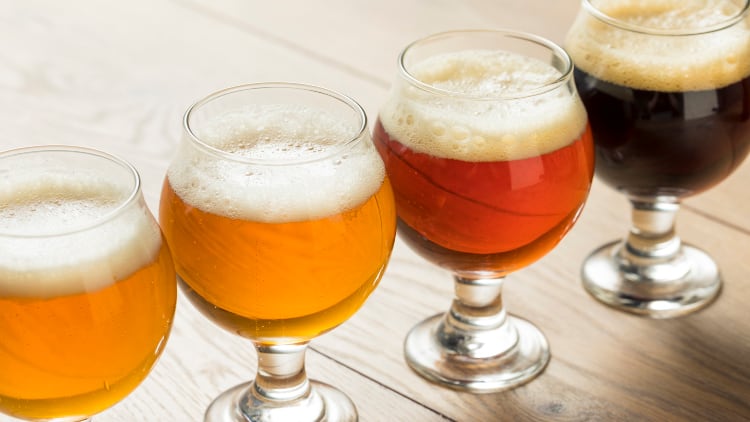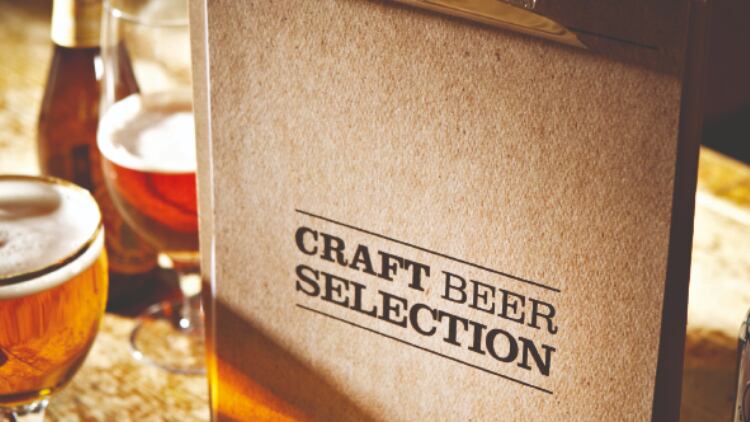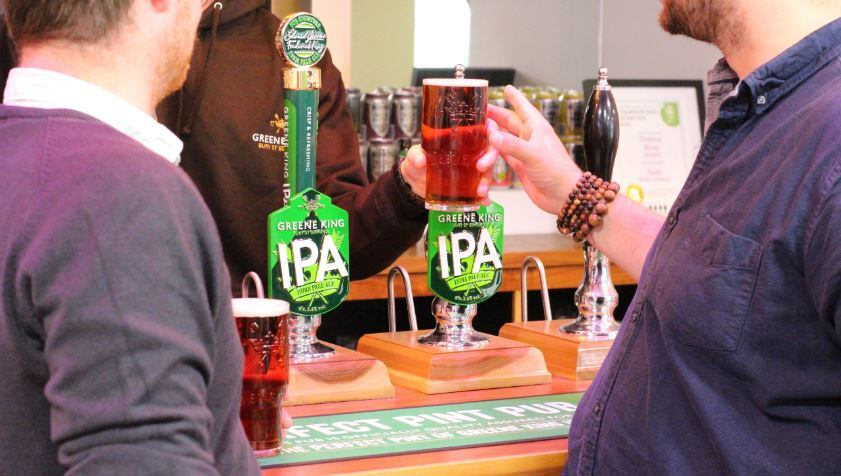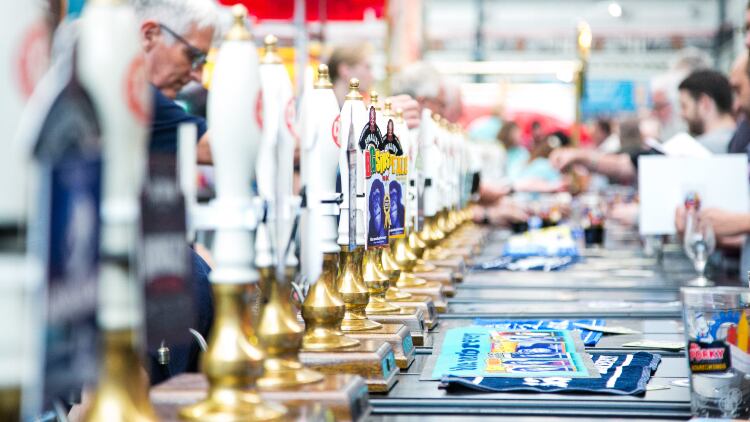In my last column, I talked about the need for the craft beer industry to present itself in terms that offered a direct benefit to the drinker: whatever you think of the word ‘craft’, it’s a word that carries immediate appeal for a lot of people, in a way ‘independent’ (which might make more sense from an industry perspective) doesn’t necessarily do on its own.
This issue of choosing the right language and saying things that resonate with people goes well beyond craft beer and carries on getting more urgent as more and more communications bombard people and our attention spans shorten.
Last month, we launched this year’s Cask Report. Once again, I conducted the market research for the report, building on some of the insights we learned last year. The report focuses on the views and attitudes of licensees surrounding cask, and I hope it resonates and rings true with The Morning Advertiser readers.
But we also checked in with consumers around the kind of language and messages we use around cask beer.
Last year, we conducted focus groups with ‘occasional’ cask drinkers.
People’s repertoires are growing ever broader, which means that more people are drinking cask but the average amount of cask they’re drinking is steadily falling, thanks to them drinking less overall, and spreading their drinking across more different categories than they used to.
We found that most occasional drinkers didn’t really know – or care – about the difference between cask or keg. They recognised that cask came out of tall wooden hand pumps and other beers didn’t, and thought that these were an essential feature of a ‘proper pub.’
But when we showed them various definitions of cask ale, including two different expressions taken from the Campaign for Real Ale’s (CAMRA) website, reactions ranged from indifference or amusement to confusion or even downright alarm.
Talk about ‘residual yeast’ to certain sections of the population, and they immediately associate this with something far less pleasant than beer. One definition talked about a ‘reduction in gravity’ in the cellar. Gravity hasn’t been used to describe beer in consumer circles for decades. They simply don’t relate it to beer.
They genuinely wondered whether we were trying to claim that casks were magically floating around in the cellar.
Features and benefits
A precise technical definition of cask may be useful to the industry: it’s of absolutely no use whatsoever to a promiscuous, attention deficit-suffering drinker.
Having learned that, this year we completed a consumer survey of 1,000 cask ale drinkers. We gave them a bunch of different ways of talking about the features and benefits of cask beer, and asked which, if any, of the statements we used sounded interesting and made them want to learn more about the beer.
The top two statements were ‘a beer that’s produced locally on a small scale’ and ‘a beer with a wide range of styles, colour, flavour and strength’. It’s no coincidence that of our statements, these are the most similar to how drinkers describe the characteristics of craft beer.
At the other end of the scale, ‘a beer that’s unfiltered and unpasteurised so it’s fresh and live’ – which was the most positive, least technical description of cask we could think of – was second bottom, just ahead of ‘a beer that tends to be a bit lower in alcohol.’ Third from bottom was ‘a beer that’s traditionally British, part of our heritage,’ which is curious, because when we asked successful cask ale landlords why they sold so much cask, they told us ‘because it is Britain’s national drink’ was the second most popular reason, behind only ‘it’s what people want in a pub like ours’.
Cask’s relatively low carbon footprint, the fact that it’s less gassy than other beers, and the idea that it’s ‘more natural and less processed’ than other beers, are all more interesting to the modern cask beer drinker than the key messages the cask industry has been communicating for decades.
The Cask Report contains a lot of clear pointers as to how cask ale can be revived. These are relevant to pub groups and breweries at least as much as they are to individual publicans.
Further exploration of the right language around cask ale – telling people what they need to hear rather than what we want to say – is an industry-wide task and an urgent priority.




